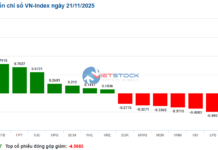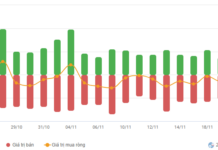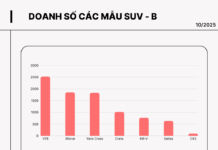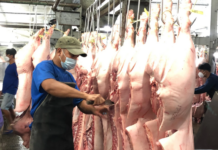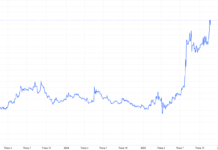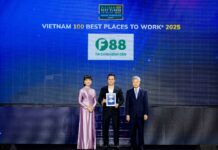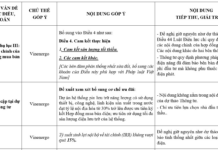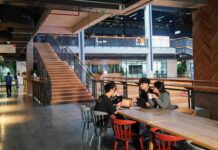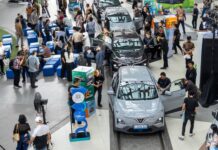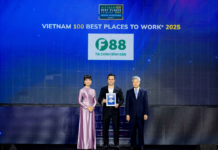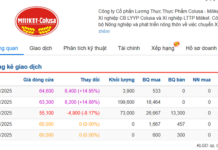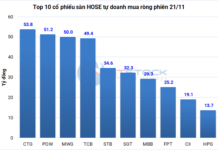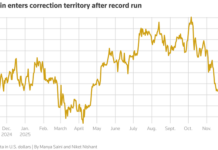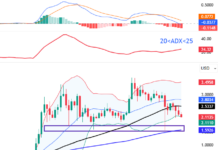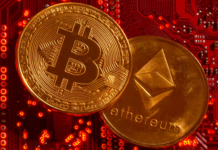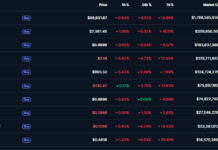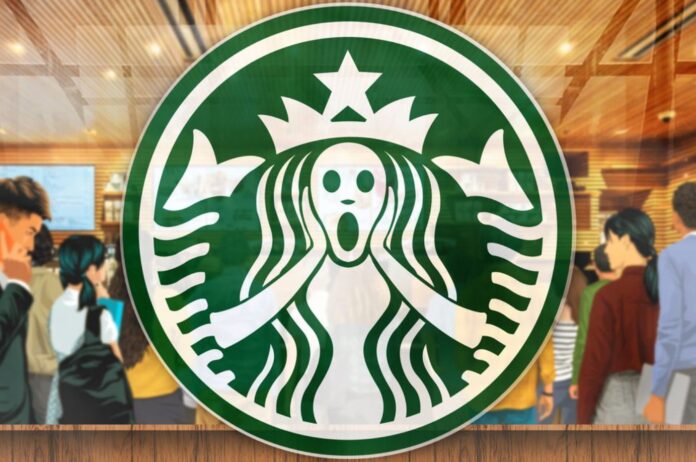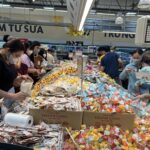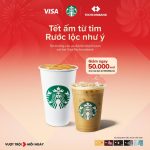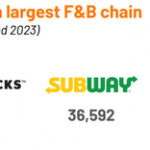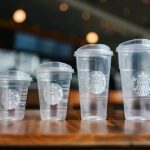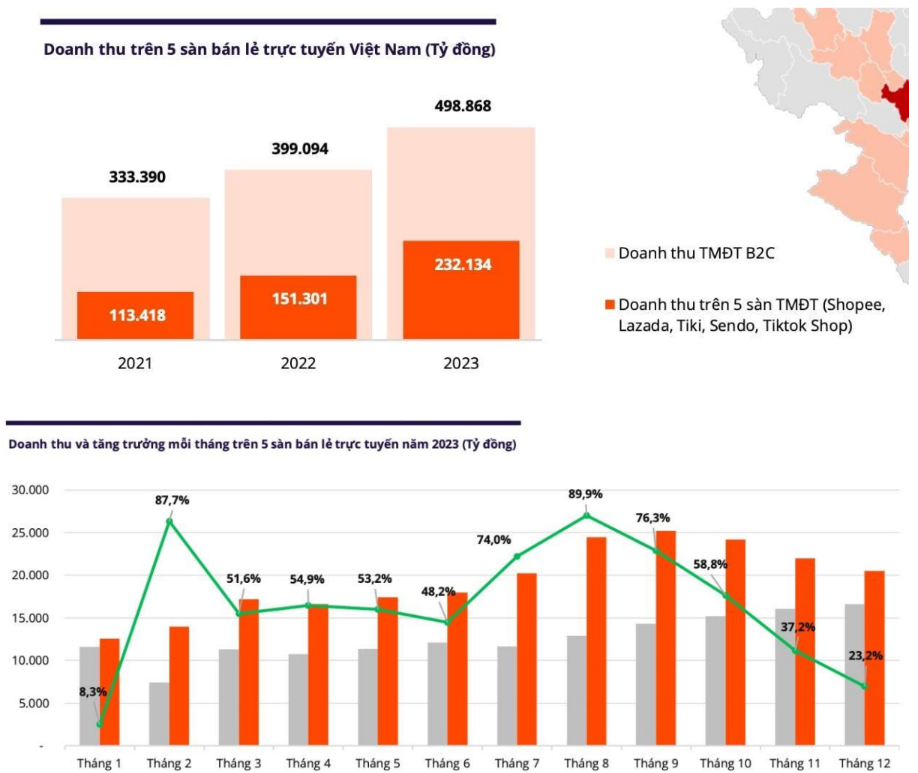There are at least 170,000 ways to customize a Starbucks drink, but the brand itself has limited options to lift itself up after facing recent challenges. The long wait times, usually ranging from 15 to 20 minutes, give Chinese consumers plenty of alternatives to get their caffeine fix elsewhere.
Newly appointed CEO Brian Niccol was recruited this week to quell the Wall Street rebellion as the company’s stock plummeted. He brings something his predecessor, Laxman Narasimhan, lacked: admiration for successfully turning around Chipotle Mexican Grill.
However, there are factors beyond Niccol’s control. Soaring prices have made customers cautious about discretionary spending. Chains are hastily rolling out promotions to retain customers, while complaints about service quality and the nuisance of being prompted to tip employees persist.
Before he retired, Starbucks was a regular spot for Dan Palmer. He enjoyed the relatively healthy breakfast options and the variety of drinks to try. “But now the prices have gone up so much,” said Palmer, 66, who lives in the Chicago suburbs.
According to a recent survey by Revenue Management Solutions, a research firm, nearly 40% of consumers said they were spending less on dining out.
Starbucks responded with a slew of promotions through its app, aiming to enhance consumers’ perception of the value of Starbucks while maintaining profitability.
Brad Pearl, a resident of Spokane, Wash., has been a loyal Starbucks customer for over two decades, visiting 4-5 times a week. Two years ago, prices started creeping up, and the prompts for tips became increasingly annoying.
“You’re not even being served,” Pearl remarked about being asked for a tip at the cashier.
Recently, Pearl gave up Starbucks to save $150 a month. Instead, he goes to Thomas Hammer Coffee Roasters, a local coffee chain. “Starbucks is really a luxury. It’s not affordable for me anymore.”
The pandemic caused Starbucks to lose its position as the “third place” between home and office. Instead of lingering over espresso with a book or a laptop, many opted for takeout or app-based orders.
In response, some cafes removed seating in some branches while creating more space for takeout lines or delivery drivers. Of course, these investments require significant capital and time.
Currently, customers like Steve Weeks, 68, a long-time patron of Starbucks in Southern California for his morning black iced tea, are feeling let down. Weeks noted that the cozy ambiance that Starbucks cafes once exuded is fading.
Starbucks was an early adopter of app-based ordering, which significantly boosted sales. The company revealed that over 30% of American orders are now made through the app.
Even former CEO Schultz found the experience frustrating. He believed that Starbucks should have anticipated the necessary technological advancements to safeguard the environment and cafe culture.
“Stores need to be laser-focused on the customer experience. The answer to restoring our company’s reputation is not in some data or tech transformation. I propose that Starbucks enhance its mobile ordering and payment app to elevate the customer experience,” he said.

Starbucks brought Italian-style espresso to Americans. Frappuccinos arrived in 1995, while cold brew and nitro coffee came in the 2010s. Today, the Starbucks app allows for tens of thousands of customizations, and TikTok trends further encourage experimentation when ordering coffee. This has turned syrups, foams, and other add-ins into a billion-dollar business for Starbucks, although it has overburdened its baristas.
The company is updating its in-store processes and habits, aiming to categorize orders more efficiently. Starbucks executives hope that new store designs and dedicated cold bars will alleviate the chaos when customers request unique preparations.
For decades, Starbucks has positioned itself as a coffee company. If you wanted a latte in China, Starbucks was the place to go—a chain that brought Western culture closer to Asians.
However, amid growing competition from local rivals, Starbucks’ business in China is declining. Same-store sales fell 14% in the recent quarter.
“Ten years ago, it was just Starbucks,” said a customer named Zhu Chenliang. “Now, coffee shops are everywhere. The market competition is fierce.”
To stay competitive, Starbucks is offering various promotions to ensure that customers facing spending constraints can still afford to visit. This is unprecedented, as Starbucks has always positioned itself as a premium brand. A cold coffee with syrup could cost around $10, making it a coveted drink for teenagers, office workers, and moms alike.
Sources: WSJ, FT
Late night crowds still queuing up at supermarkets before Tet
At over 10 pm on the 26th of Tet (February 5th), many supermarkets in Ho Chi Minh City were still packed with shoppers. Customers had to wait for more than 30 minutes to check out.
Techcombank joins hands with Starbucks Vietnam to bring “Warm Tet from the heart” to customers
Techcombank, one of the leading commercial banks in Vietnam, has announced a comprehensive partnership with Starbucks Vietnam to provide an exclusive experience for customers from both sides. In addition to accepting membership cards and cash, customers can now make seamless payments for products and services at Starbucks Vietnam using Techcombank Visa cards, with attractive benefits.
Starbucks Makes Unprecedented Change
The next time you visit a Starbucks, your iced coffee may not taste all that different—but behind the scenes, the coffee chain just made an unprecedented shift.

